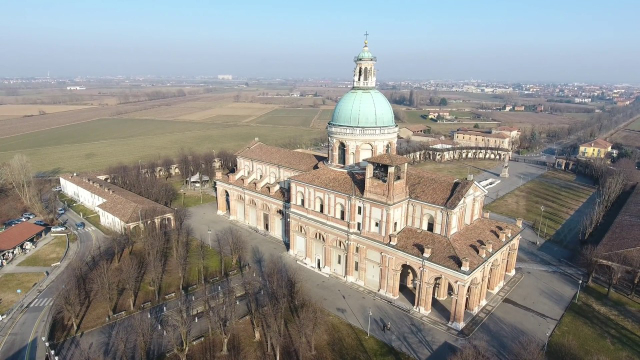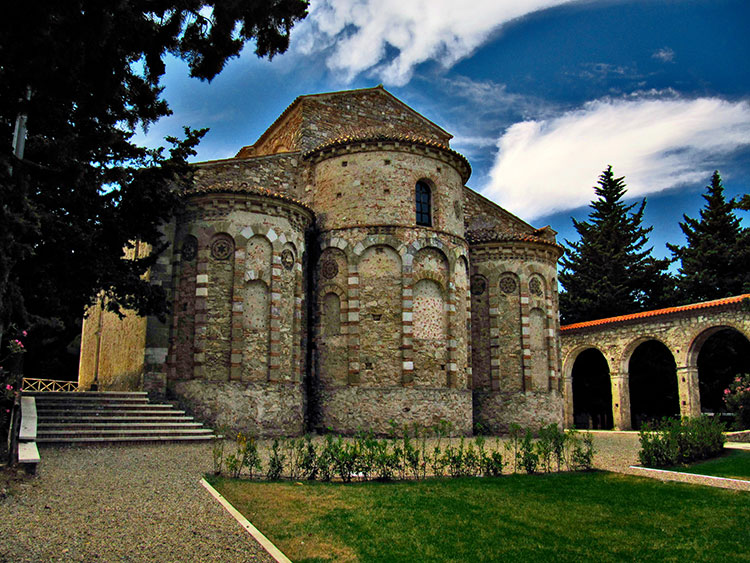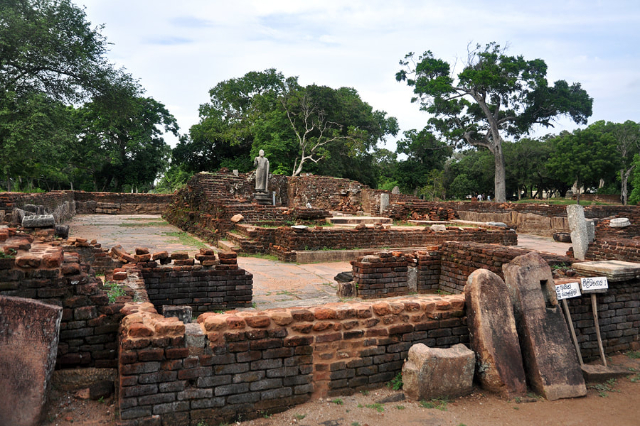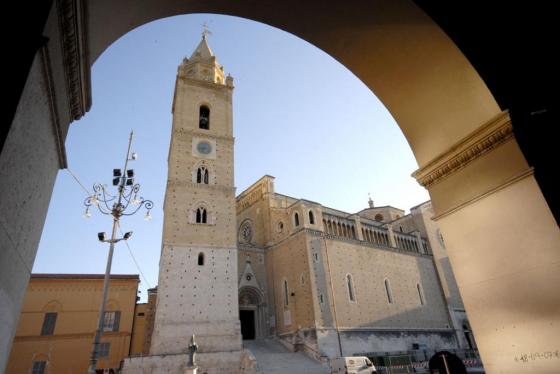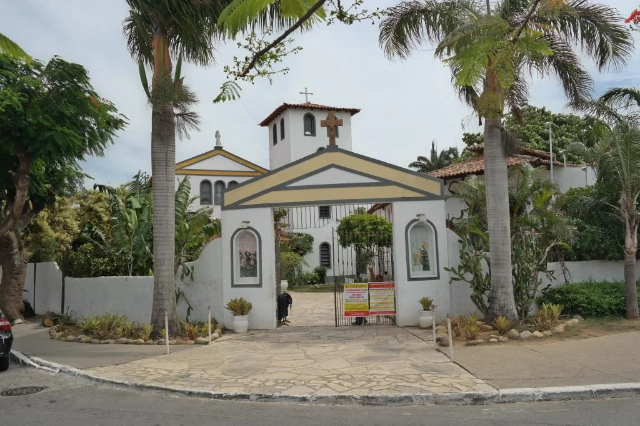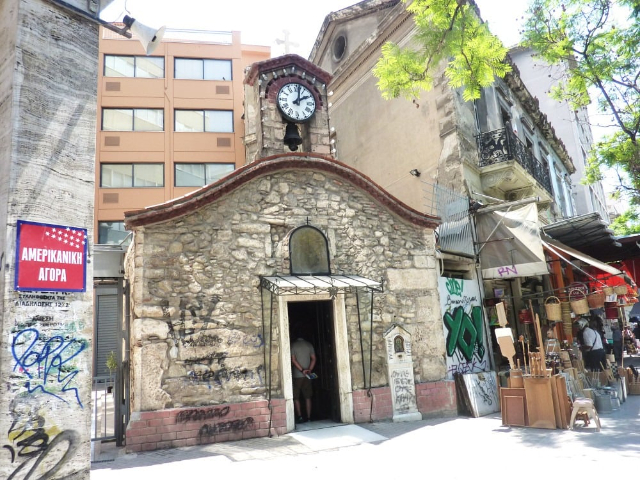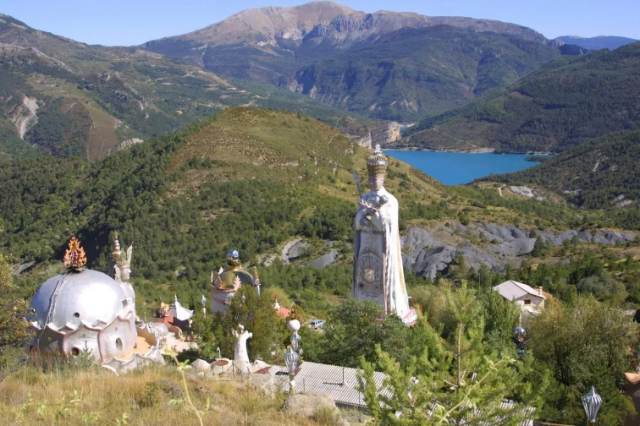Santa Maria del Fonte or Our Lady of Caravaggio, is the title given to Our Lady following the apparition that, according to Catholic tradition, occurred on May 26, 1432, in the surrounding countryside of Caravaggio, Lombardy.
The peasant woman Giannetta de Vacchi was in the Mazzolengo meadow, near the village of Caravaggio, when she was a participant in the apparition of a woman whose majesty and beauty she immediately recognized as the Virgin Mary.
Testifying to the event in the field gushed forth a new spring, whose waters were capable of healing ailments.
The shrine was erected on the site; St. Mary of the Spring is the object of devotion in several other localities, including the city of Farroupilha, in the Brazilian state of Rio Grande do Sul, where the largest Marian temple dedicated to her is located.
Construction of the present Marian temple, strongly desired by Archbishop Carlo Borromeo, began in 1575, designed by architect Pellegrino Tibaldi (known as Pellegrini), on the site of the apparition;
The basilica stands in a vast square surrounded by symmetrical porticoes that run with 200 arches for a development of almost 800 meters. In the square in front of the Avenue are the obelisk we have already mentioned, and a fountain almost 50 meters long.
The water of this fountain passes under the Sanctuary, collects in its course that of the Sacred Fountain and exits in the south square welcomed in a pool where the faithful bathe their ailing limbs.
The exterior of the church is grand: the building is 93 meters long, 33 meters wide, and 22 meters high without a dome, which rises 64 meters from the ground. Compared to the Avenue, the Shrine turns the side and not the facade. When the Shrine arose there was no road connecting it to the city.
Therefore, liturgical laws were adhered to, according to which where access requirements were not to be met, churches were built so that the celebrant faced East in the celebration of the Sacred Rites. The architecture externally is characterized by the gray of the plaster and the red of the bricks. This is the aesthetic acquired after the restorations of the 1970s that eliminated, not without controversy, the "yellow of Milan" that plastered the walls.
The interior is single-nave, Latin cross, classical in style with pillars with Ionic capitals. The temple is somewhat divided into two bodies. One, the west one, is larger; here are the chapels, four on each side, the chancels and the main entrance. The other, rear, has the descent to the Sacrarium.
The decoration of the temple is the work of Giovanni Moriggia (Caravaggio 1796-1878) and Luigi Cavenaghi (Caravaggio1844-Milan 1918). Moriggia painted around the mid-1800s the four pendentives under the dome (Judith, fortitude; Ruth, temperance; Abigaille, prudence; Esther, righteousness), the glory of the dome itself (Apotheosis of Mary), the vaults of the two arms beside the altar (The Expulsion of Adam, The Nativity of Mary, The Presentation of Mary in the Temple, Jesus among the Doctors, The Assumption of the Virgin Mary), the lunettes on the inner arch of the two facades (The Annunciation, Visit to St. Elizabeth, The Marriage of Mary, The Nativity of Jesus). The decoration of the vault of the entire temple, on the other hand, is the work of Cavenaghi, who completed it at intervals from 1892 to 1903.
The altar, designed by architect Filippo Juvara who was inspired by Michelangelo’s studies for the Confession altar in the Vatican Basilica, was completed in 1750 by engineer Carlo Giuseppe Merlo of Milan.
Beneath the high altar is the Sacro Speco with the statuary group that reconstructs the scene of the Apparition. The wooden group, the work of Leopoldo Moroder of Ortisei, was inaugurated in 1932 in the celebrations of the fifth centenary of the Apparition.
